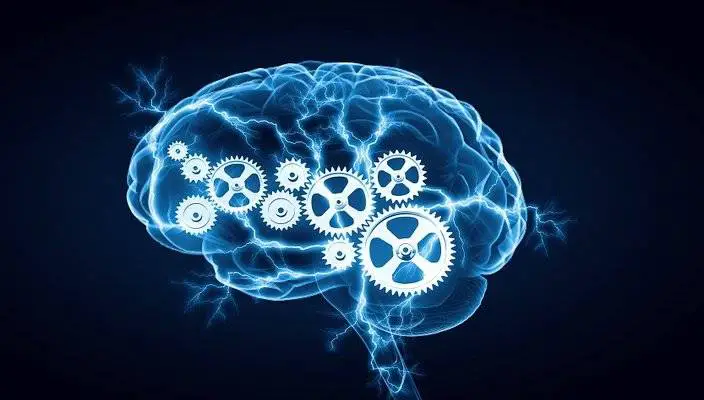A brain aneurysm is a uniquely devastating occurrence. An aneurysm happens when the artery walls in the brain thin and become unstable. They often form at branches or forks in the arteries where the structures are weaker.
Without proper treatment, an aneurysm can lead to brain oxygen deprivation or death. When physicians want to treat a brain aneurysm, they have several different techniques at their disposal.
One of the most effective methods is endovascular stenting. With an endovascular stent, doctors are able to create new pathways, avoiding the constriction of the blood going to the brain. Since a deficit of blood leading to the brain can cause such serious problems, doctors need to be aware of the consequences of their actions.
Vikas Patel, an Interventional neuroradiologist from New Jersey, explains the procedure of the endovascular stent and how it can help a patient regain a full and healthy life.

Brain Aneurysms
A brain aneurysm is a ballooning or bulge in the brain’s blood vessels. It can appear like a berry of blood hanging on the vessel stem. Brain aneurysms can rupture or leak, causing a bleed in the brain. Ruptured aneurysms cause bleeding in the space between the tissues covering the brain and the brain itself. This is known as subarachnoid hemorrhage or a hemorrhagic stroke.
Ruptured aneurysms are life-threatening. They require emergency medical treatment from an expert doctor.
Most of the time, a brain aneurysm is asymptomatic. This means that the aneurysms do not create health problems, cause symptoms, or contribute to any other issues. If a brain aneurysm has not yet ruptured, it can still be a candidate for treatment. Interventional Neuroradiologists are skilled in treating this problem. When the problem is detected before it has affected the rest of the body, the aneurysm can often be successfully treated.
Symptoms of a Brain Aneurysm
Though many brain aneurysms are asymptomatic, there may be serious signs that an aneurysm has begun to affect the body as a whole. These symptoms include sudden and severe headaches. The patient may exhibit nausea and vomiting. They may have a stiff neck or blurred vision. They may be extremely sensitive to light, or they may experience seizures. They may have drooping eyelids, or they may lose consciousness. These patients may also be confused.
Leaking aneurysms may only cause slight symptoms. These could include sudden, severe headaches.
An unruptured aneurysm may cause no symptoms, but it may cause one dilated pupil, pain above and behind an eye, double vision, or numbness. Since these symptoms overlap with serious migraine headaches, patients must be careful to record any changes in symptoms and report them immediately to medical professionals.
Endovascular Stenting
In general, known brain aneurysms were traditionally treated by inserting a metal coil into the aneurysm. This procedure is known as endovascular coiling. This procedure has experienced many important advancements in recent years. Devices that make endovascular coiling more efficient and effective have been developed, increasing the life span of patients with brain aneurysms.
A stent is a device inserted into the artery. This keeps the artery open so that blood can move freely to the brain. The stent is a small mesh tube made of wire which is placed at the aneurysm site. This helps to keep the coils inside the aneurysm itself. This technique is useful when the aneurysm is large or when it has not been effectively treated using other methods.
Stents are generally comprised of a high-grade metal alloy combining titanium and nickel. The stent is threaded through a groin artery to the site of the aneurysm in a procedure known as catheterization.
Patients who have received stent treatments are required to be on blood thinner medications such as antiplatelet medications, clopidogrel, or aspirin.
Device for Flow Diversion
The Food and Drug Administration has approved an endovascular device which is called the Pipeline device. This device is a flexible tube comprised of nickel-cobalt and platinum alloys.
This new device involves placing the device in the parent artery of the aneurysm. This covers the aneurysm’s neck and encourages blood to flow around it. This maintains proper blood flow in the body and points toward better health and wellness for the aneurysm patient. Over the next several months, the blood vessel remodels around the stent, and the aneurysm is cured.
The Importance of Interventional Neuroradiologists
While aneurysms sometimes rupture and cause catastrophic damage to the patient’s brain, Interventional Neuroradiologists are often available to remedy these problems before they become severe. When a patient pays attention to their initial symptoms, they are able to avoid the worst consequences of the aneurysm.
Patients with brain aneurysms often feel helpless, but Interventional Neuroradiologists can save them if they find the problem before it becomes catastrophic.
Vikas Patel and other interventional neuroradiologists are equipped to help patients overcome these serious medical emergencies. Everyone should pay close attention to the symptoms of a brain aneurysm so that they may receive treatment before this problem causes severe damage to the brain and body.









































